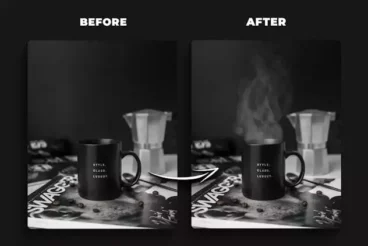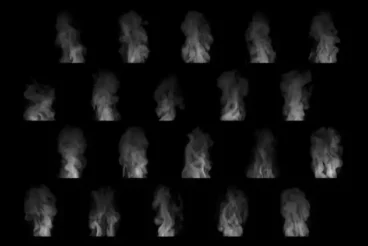Vertical Photoshop Smoke Brushes



The Vertical Photoshop Smoke Brushes set is a collection of 20 high quality brushes, each tailored for creating realistic smoke-like designs in your personal and professional projects. Each brush has an essence of uniqueness, delivering stunning, distinct smoke effects, enabling you to bring an extra layer of depth and complexity to your creations.
This collection is fashioned in ABR format, making it compatible with a wide range of Adobe Photoshop versions. Each brush has a maximum size of up to 5000 pixels, giving you the flexibility to create large and small design elements with equal ease. The high quality of the brushes ensure that your designs will not lose clarity or quality when resized or repurposed.
These brushes shine in their versatility - they can be used to create a wispy, ethereal backdrop, an intense, smoky action scene, or even a simple foggy landscape. Source this set for all your smoke simulation needs, and experience the authentic smoke-like textures it offers.
Details & Features
- Includes 20 high-quality brushes
- Sizeable up to 5000 pixels
- Available in ABR format
- Compatible with many Photoshop versions
- Ensures clarity and quality in designs
- Highly versatile for various design needs
Why We Like It
The Vertical Photoshop Smoke Brushes set is a materials library essential. Offering both outstanding quality and variety, it safeguards your designs from appearing mundane. With it, you have a whole new repertoire of smoke effects to explore, to elevate your design game. That's why we heartily recommend this item.



